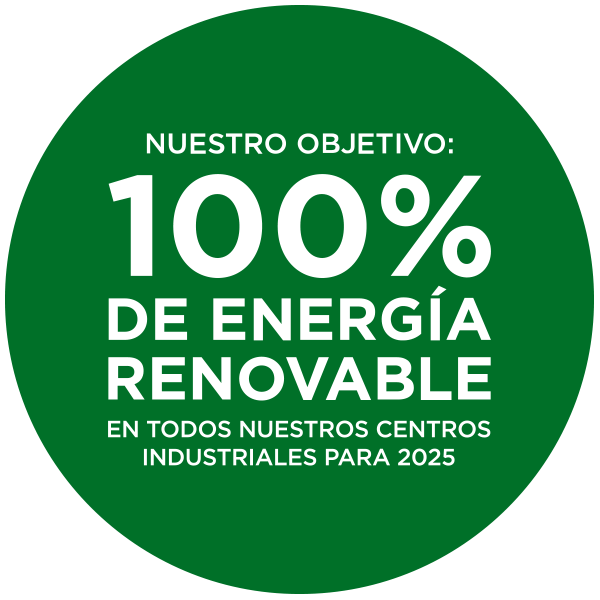Cómo aplicar una mascarilla capilar
Entre el peinado con calor, la coloración, el secado y la exposición a los elementos, tu cabello sufre mucho estrés que puede causarle graves daños. Por suerte las hadas del cabello inventaron los tratamientos de mascarilla capilar para ayudar a tu melena a capear cualquier temporal. Aquí tienes todos los detalles sobre qué son las mascarillas capilares, cómo utilizarlas y por qué son tan sorprendentes. ¡Tu cabello te lo agradecerá!















